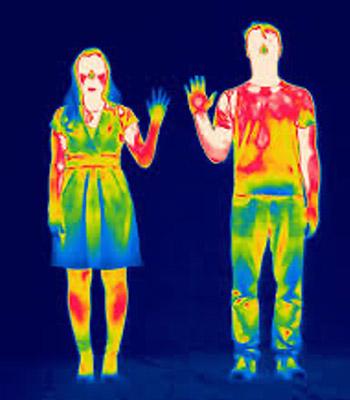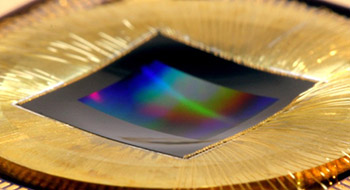Seeing into the Future of Infrared Detectors
Professor Hooman Mohseni and PhD student Simone Bianconi explore the theoretical limits of infrared detectors and imaging technology
Infrared radiation, the part of the electromagnetic spectrum invisible to the human eye, is a key enabling component in a myriad of technologies, spanning from communication to medicine to astronomy.

As infrared detectors and imagers continue to improve, they approach the theoretical limit of their performance, typically related to thermodynamics, or to the quantum nature of light.
In a paper titled, “Recent Advances in Infrared Imagers: Toward Thermodynamic and Quantum Limits of Photon Sensitivity,” published in March in the journal Reports on Progress in Physics, Professor Hooman Mohseni and PhD student Simone Bianconi present a perspective of the future of this technology. The paper shows simple yet powerful analytical models to evaluate these theoretical limits and guide novel device design toward improved performance.
One of the most powerful approaches, the authors argue, is to shrink the size of pixel detectors, taking advantage of nanoscale phenomena to improve the device sensitivity and bandwidth, while simultaneously increasing the resolution and lifting the constraints on the size and weight of the optics. The main challenge, the paper emphasizes, is how to effectively couple light to small devices, below the diffraction limit. The paper offers potential solutions.

Finally, the paper discusses novel device concepts inspired by nature, such as a curved imager mimicking the retina, or smart read-out systems capable of processing and filtering images in real time in the same way a human brain would.
